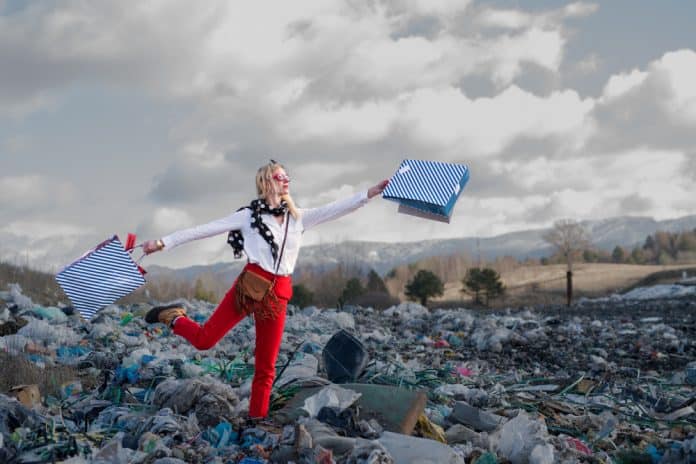Historically, the fashion industry had a linear supply chain. The term, linear supply chain, describes a straight path in a garment’s life cycle, from the starting point of raw materials through production, then to retail sales and, finally, the endpoint of disposal.
The Not So Chic Truth
After the consumer uses a garment, 98% of it get thrown into landfills. Unfortunately, about 77 pounds of waste are put into landfills by every single person in the U.S. per year, a shocking average. Fashion is the second dirtiest industry in the world, outside of oil and gas. With the leading reason being all the steps along that linear supply chain are incredibly destructive to our environment.
Moving Forward
The traditional model of supply chain model, “take, make, and throw away”, is an economic dead-end. A new model, which focuses on reusing, remanufacturing, and recycling old garments – a.k.a. the circular economy – has emerged to become the most economical. The circular supply chain is basically a loop. So instead of it being flat and dropping off and not adding value at every step along the supply chain, it has three principles. The first principle is that it designs new things out waste and pollution. The second key point of a circular supply chain is that it keeps products and materials constantly in use. And then the last key point is that it generates and follows the system naturally.
Calling For Accountability
In Peggy Blum’s book, Circular Fashion: Making The Fashion Industry Sustainable, she explains the system as a “circle of responsibility”, which thrives on accountability, traceability, and ownership of the entire life cycle of a product. From the seeds and the fibers, design and materials, dyes and finishes, to the manufacturing and remanufacturing, the workers in the factories, transportation, packaging, and shipping, and how a customer might repair, renew, or resell the product. A “circular fashion model” conveys a circle of responsibility along its supply chain that is vital for all producers of fashion apparel and accessories. A circle of responsibility unites the whole fashion system with one common goal – designing, producing, and consuming clean, safe and ethical apparel.




